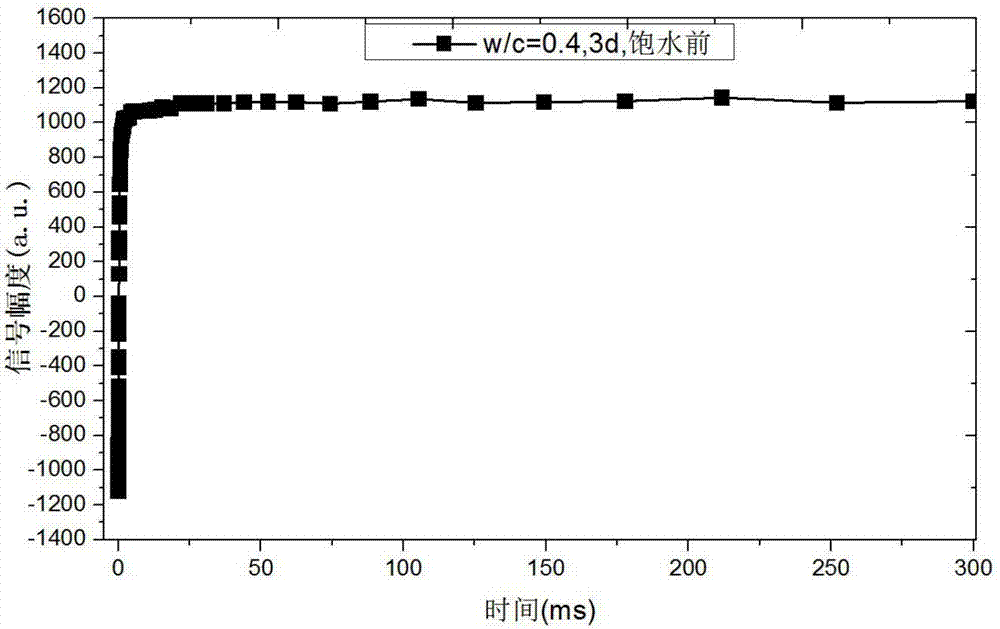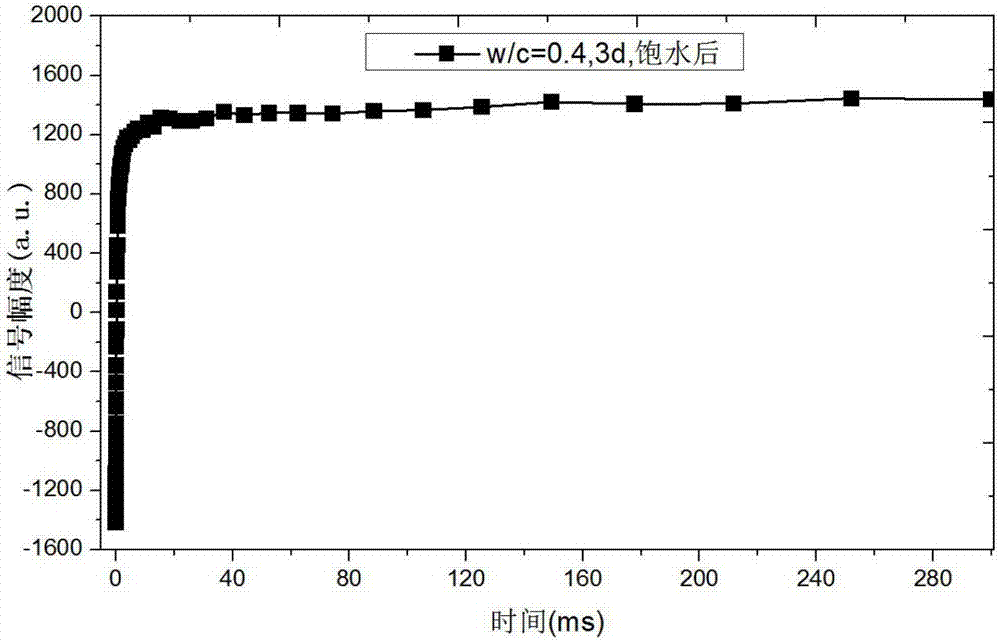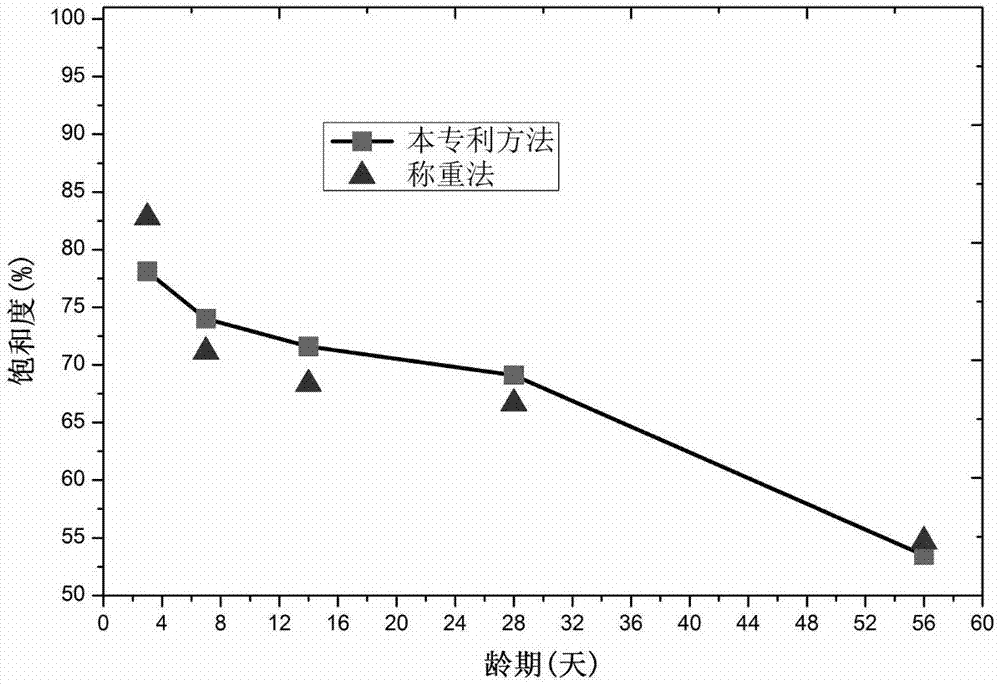A method for detecting saturation of cement-based materials based on low-field nuclear magnetic resonance technology
A technology of low-field nuclear magnetic resonance and cement-based materials, which is applied in the direction of analysis by nuclear magnetic resonance, material analysis through resonance, and material analysis. It can solve the problem of inaccurate detection of cement-based material saturation and achieve convenient testing. Fast, less disturbed, and less sample consumption
- Summary
- Abstract
- Description
- Claims
- Application Information
AI Technical Summary
Problems solved by technology
Method used
Image
Examples
Embodiment Construction
[0025] The specific implementation manners of the present invention will be further described in detail below in conjunction with the accompanying drawings.
[0026] Such as figure 1 As shown, a kind of cement-based material saturation detection method based on low-field nuclear magnetic resonance technology designed by the present invention, in the actual application process, specifically includes the following steps:
[0027] Step 001. Configure the target cement-based material, divide it into at least 5 target cement-based samples, and preset the age t corresponding to each target cement-based sample, and the age corresponding to each target cement-based sample t are different from each other, and then go to step 002.
[0028] Step 002. For each target cement-based sample, perform the following steps 00201-step 00203 to obtain the first signal amplitude I of each target cement-based sample corresponding to its age t 1 (t), the second signal amplitude I 2 (t), then enter ...
PUM
| Property | Measurement | Unit |
|---|---|---|
| diameter | aaaaa | aaaaa |
Abstract
Description
Claims
Application Information
 Login to View More
Login to View More - R&D
- Intellectual Property
- Life Sciences
- Materials
- Tech Scout
- Unparalleled Data Quality
- Higher Quality Content
- 60% Fewer Hallucinations
Browse by: Latest US Patents, China's latest patents, Technical Efficacy Thesaurus, Application Domain, Technology Topic, Popular Technical Reports.
© 2025 PatSnap. All rights reserved.Legal|Privacy policy|Modern Slavery Act Transparency Statement|Sitemap|About US| Contact US: help@patsnap.com



